Making the switch from fossil fuels
Gas prices are forecast to spike at rates up to 50 times the normal price in the coming months, while fuel prices have been consistently on the rise for some time now. Amidst a cold snap on the east coast, Russian sanctions, and outages at ageing coal-fired power stations, a look at how households and industry can electrify seems imperative.
What can be electrified?
For households the answer is pretty simple, everything can! From heating and cooling to hot water, to cooking. Transitioning to all-electric is fairly straightforward and affordable. Induction cooktops and heat pumps seem to be the way to go and there is heaps of advice out there on which ones and how to make the switch in an affordable, straightforward, and sustainable way. The main thing to remember is that the upfront cost is offset in the long run. Particularly if you take the approach of transitioning when things need replacing and you are able to combine this with your own electricity production, via solar panels, for example.
For the industry, the transition looks a bit more complicated. For example, in the building industry, electric-powered machines are starting to appear but they are by no means widespread. However, leaders in this industry speculate that it is only a matter of time. With improvements to battery technology, longer life expectancy than their diesel-powered counterparts, and requiring less maintenance due to having fewer components, electric machines really do seem to be the way forward.
In other industries, experts estimate that almost half of fuel consumed for energy can be electrified with existing technology. This includes things like steam reforming and cracking in the petrochemical industry, drying, evaporation, and distillation, as well as washing, rinsing, and food preparation. Essentially all energy that is required to generate heat for industrial processes up to around 1,000 degrees celsius.
Commercial availability varies but generally speaking electric alternatives to conventional equipment are available up to a certain temperature and taper off as you get higher. For example, electric boilers that can generate industrial heat up to approximately 350 degrees celsius are widely available. However, electric furnaces for industrial heat demand up to approximately 1,000 degrees celsius, while technologically feasible, are not yet commercially available for most applications.
What can’t be electrified?
About 30% of fuel consumption for energy is for processes that require very high temperatures (above approximately 1,000 degrees Celsius), which include the production of virgin steel, cement, and ceramics. Although there are various technologies under development to electrify these processes, they are not yet viable.
Timing
Most advice around when to make the transition advocates for switching from existing appliances and equipment when they need replacing. This will mean spending less in the here and now but future-proofing against rises in gas and fuel prices. If you’re building a new premises or setting up a new business, then choosing electric-powered is definitely the way to go, as much as you can. Especially if you are able to combine this with your own electricity production.

